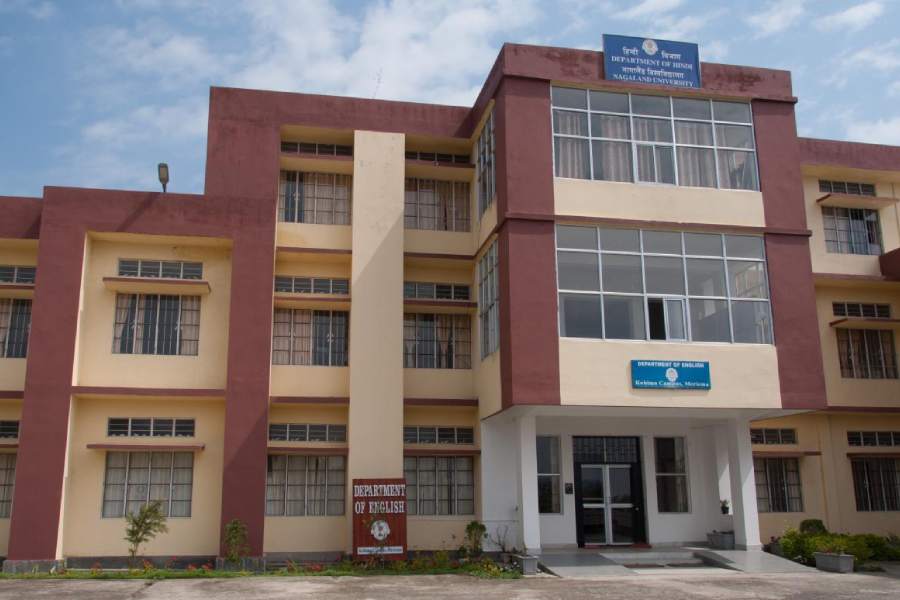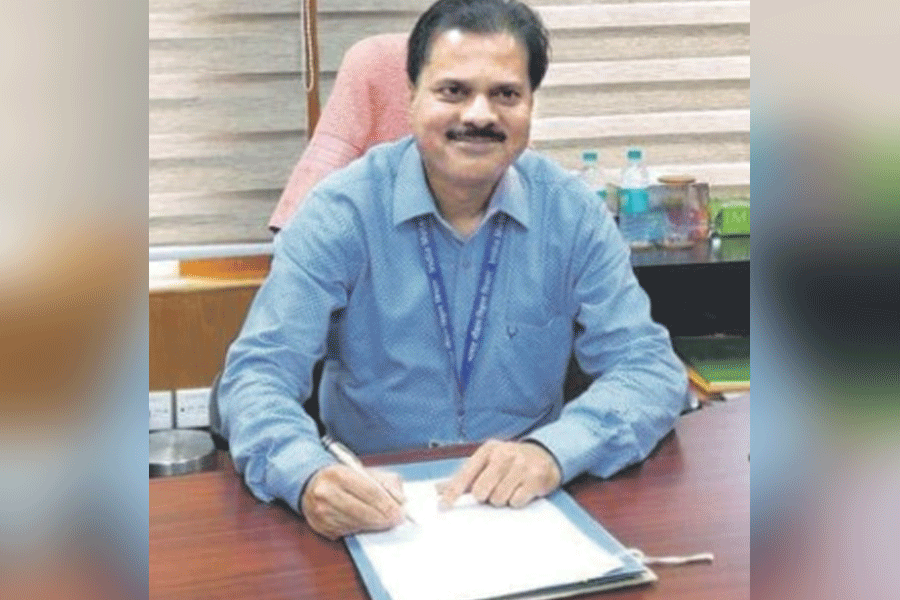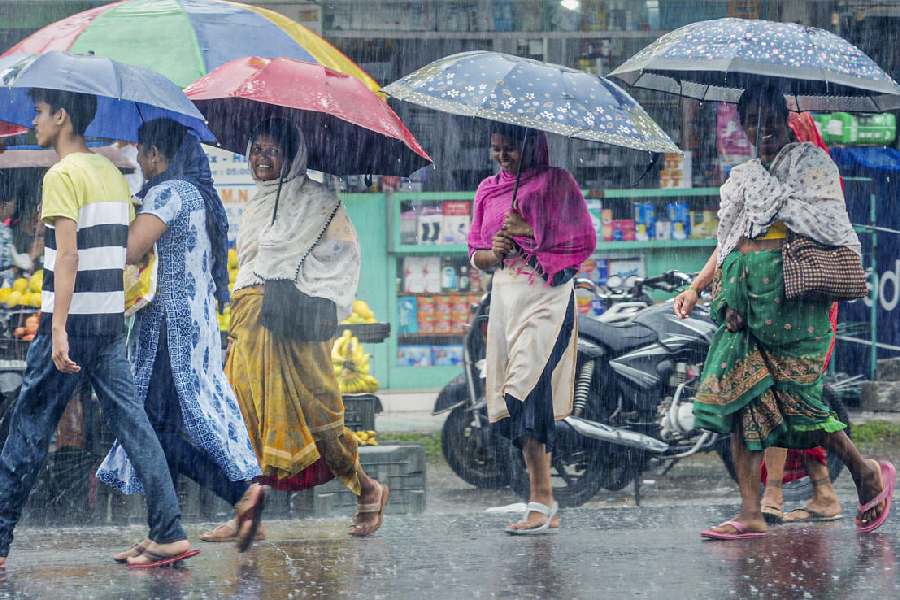Nagaland University is leading a research project to identify “potentially dangerous glacial lakes” in two northeastern states — Sikkim and Arunachal Pradesh — as part of a climate change mitigation initiative.
Three high-altitude lakes — two in Arunachal Pradesh and one in Sikkim — have been shortlisted for the study to assess the flood potential posed by glacial lakes in the region. The research will focus on the Tawang region of Arunachal Pradesh and the Lachung basin in North Sikkim under two separate projects.
The Nagaland University-led study aims to use high-resolution data to identify hazardous glacial lakes and assess associated risks such as permafrost degradation, slope instability, and lake morphology. The project will include bathymetric surveys — detailed underwater mapping — and 2D/3D flood modelling to quantify the risk from sudden glacial lake outburst floods (GLOFs).
A GLOF refers to a sudden flood caused by the rapid release of water from a glacial lake, typically following the collapse of a moraine or ice dam. Triggers include accelerated glacial melt due to climate change or seismic activity, often resulting in catastrophic downstream damage.
The study will also explore ecological risks, ecosystem services and water resource potential of these high-altitude lakes in the context of changing climate patterns. The research findings will be shared with policymakers and planners to guide safer development near riverbanks and mitigate the devastating impacts of potential GLOF events.
“This will help save lives and infrastructure by shifting from post-disaster response to proactive risk reduction,” said a statement issued by the university.
The project is funded by the ministry of earth sciences and the ministry of environment, forest and climate change, government of India. It is led by Dr. Manasi Debnath, assistant professor in the department of geography at Nagaland University.
Co-principal investigators include Dr. M.C. Sharma (Jawaharlal Nehru University), Dr. R. Kumar (Sikkim University), Dr. M.S. Sarkar (G.B. Pant National Institute of Himalayan Environment, Itanagar), and Dr. P. Kumar (Scientist and group head, Inter-University Accelerator Centre, Delhi). Samikcha Rai, a PhD scholar and junior project fellow at Nagaland University, is also on the research team.
Nagaland University vice-chancellor Prof. Jagadish K. Patnaik said: “We take great pride in leading this critical initiative, which aims to create a detailed and near-accurate inventory of high-altitude lakes in the Sikkim and Arunachal Himalayas. Scientific research like this is vital in addressing the growing environmental vulnerabilities of the Eastern Himalayas.”
Dr. Debnath said the project will assess breach potential, flood discharge volume, and downstream impacts of glacial lakes using high-resolution satellite imagery and field validation.
“We propose to evaluate the glacial lakes of Arunachal and Sikkim, which have not been studied in detail for breach characteristics or inundation impacts during a GLOF. Given that Arunachal’s lakes are at the Brahmaputra’s headwaters, any breach could be catastrophic,” she added.
The project will also aid in developing Nagaland University’s newly established Glacier and Mountain Research Lab under the department of geography. The study is expected to be completed by 2028.
Earlier this year, the Centre approved the National Glacial Lake Outburst Flood (GLOF) Risk Mitigation Project (NGRMP) for implementation in Arunachal Pradesh, Himachal Pradesh, Sikkim and Uttarakhand, with an outlay of ₹150 crore. The NGRMP seeks to reduce GLOF-related risks in vulnerable Himalayan regions.
The National Remote Sensing Centre (NRSC) has mapped over 7,500 glacial lakes across India since 2011 using satellite remote sensing. The National Disaster Management Authority (NDMA) has flagged 195 of these as high-risk and potentially susceptible to GLOF events.











